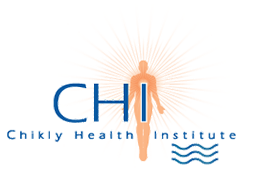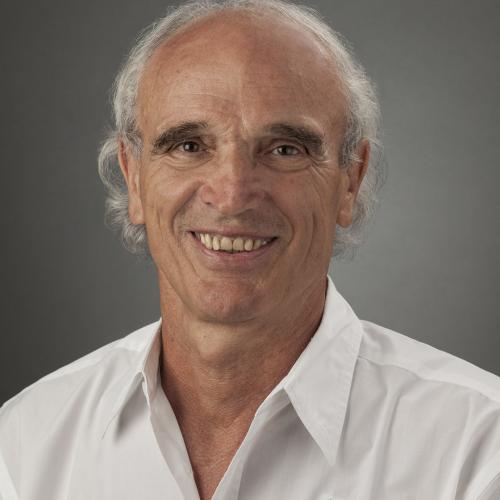Class Sponsor Information (Class Registration is only taken by Sponsor)
Class Hours:
Registration: 8:30 a.m. First day
Class: 9:00 a.m. - 5:00 p.m.
Last Day: 8:00 a.m. - 3:30 p.m.
Times are subject to change.
Class Description:
This class will address retained and reoccurring neonatal and general reflexes in children and adults.
Many children and adults have neurological disorders, learning disabilities, or cognitive challenges. Studies show these individuals often have retained reflexes or may have reoccurring neonatal/primary reflexes. Optimally, these reflexes are inhibited/integrated in the first months of life. Children can keep their primary reflexes for longer than necessary for optimal development. Neonatal reflex inhibition allows for more sophisticated neurological structures to develop.
Adults can see the reoccurrence of these neonatal/developmental reflexes in many pathologies, including trauma, whiplash, PTSD, Parkinson’s, stroke, dementia, etc.
Retained and reoccurring reflexes can create numerous neurological dysfunctions, learning disabilities, and sensory integration dysfunctions.
In children, these primary reflexes can be found in learning disabilities, processing disorders / sensory integration dysfunctions, trauma, PTSD, cerebral palsy, ADD/ ADHD, problems with focus and concentration, vestibular integration issues, balance issues, poor postural control, social skills issues, dyslexia, dyscalculia, dysgraphia, dyspraxia / developmental coordination disorders, speech development disorders, speech-language delays, auditory and visual processing, autism spectrum disorders, Down syndrome (trisomy), etc.
There are approximately 28 neonatal reflexes present at birth. We will go over a lot of these reflexes and few permanent reflexes (lifelong reflexes), including Fear Paralysis Reflex (FPR), Moro Reflex, Tendon Guard Reflex (TGR), Palmar Reflex, Tonic Labyrinthine Reflex (TLR) forward and backward, Symmetrical Tonic Neck Reflex (STNR), Asymmetrical Tonic Neck Reflex (ATNR), Spinal Galant Reflex, Perez / Pulgar Marx Reflex / Vollmer Reflexes, Babkin Palmo-Mental Reflex, Hand Pulling Reflex, Crossed extension Reflex, Babinski Reflex, Landau Reflex, Amphibian Reflex, Parachute Reflex, Rooting Reflex, etc.mph and interstitial fluid circulation as well as stimulate the functioning of the immune and parasympathetic nervous systems.
Attire/Supplies:
Bring comfortable, loose-fitting clothes. Some of these approaches require touching exposed skin. We encourage you to bring a bath towel, lab clothes, and appropriate undergarments to be comfortable.
Short fingernails are required for some techniques.
Due to the potential chemical sensitivities of your classmates, please refrain from wearing perfumes or oils to class.
Please let the institute know if you can bring a treatment table.
Cancellation Policy:
Please check with the sponsor about their cancellation policy
Dr Chikly has prepared an easy to follow flip book showing all of the reflexes covered in the class to support your clinical success. Please click here to learn more.
Please be familiar with the names and descriptions of common reflexes such as Moro Reflex, Palmar Reflex, Tonic Labyrinthine Reflex (TLR), Asymmetrical Tonic Neck Reflex (ATNR), Symmetrical Tonic Neck Reflex (STNR), Spinal Galant Reflex, Babkin Palmo-Mental Reflex, Hand Pulling Reflex, Crossed extension Reflex, Babinski Reflex, Landau Reflex, Amphibian Reflex, Parachute Reflex, etc.
Please study these three short Youtube videos:






